Open DevOps experiences with Jira
This page describes what Open DevOps is, why it's valuable to teams, and how you can be part of the Open DevOps experience with Jira.
What is Open DevOps?
Thousands of software development teams use Jira to plan and track their work through the stages of the development lifecycle.
As teams grow, they often find themselves using a number of different tools, and managing work across these disparate tools can be a challenge. Open DevOps is a way to bring all of these tools together, to improve visibility and create a seamless workflow.
For example, in Jira, event data is fed into issues by first and third party tools, giving users greater visibility into their entire workflow.
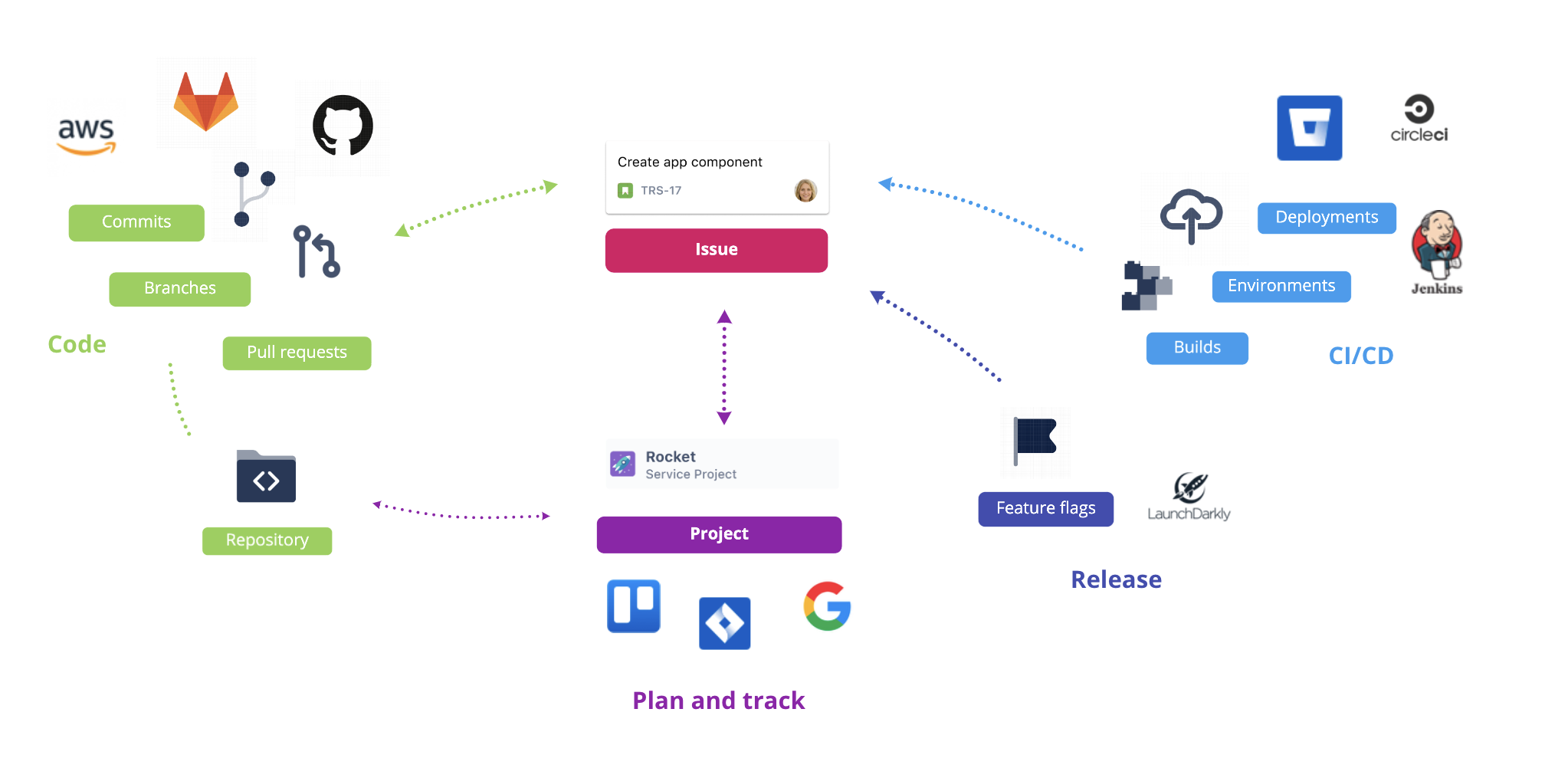
Open DevOps in Jira
Jira already offers some out-of-the-box features, powered by Open DevOps. Here is an example of development and release data being fed into an issue.

How do you connect data to Jira?
You can connect data through our public REST APIs. Start using them with Connect frameworks, or use OAuth 2.0 for self-hosted solutions. Soon, we will provide APIs that let you consume data from Jira.
Our APIs allow you to connect data relating to these key elements in the software development process:
In addition, the Remote links API lets you add a generic link through the API and associate it with Jira issues or services. This can be used to capture data that falls outside of the specific entity types, such as designs, test reports, and log files.
Why should you be part of the Jira Open DevOps experience?
When you build a Connect app using these APIs and publish your app on Marketplace, you unlock a number of benefits for your product and customers.
When a user uninstalls an app, all the data that the app sent to Jira is deleted. If the app is reinstalled, this data won't be added back unless the app resends historical information to Jira.

These are demonstrated in more detail below.
Awareness and discovery
A public Marketplace listing for your app, including custom marketing labels, recommendations, and other promotional methods. Apps are also featured in-product, making them visible to our entire Jira Cloud customer base.
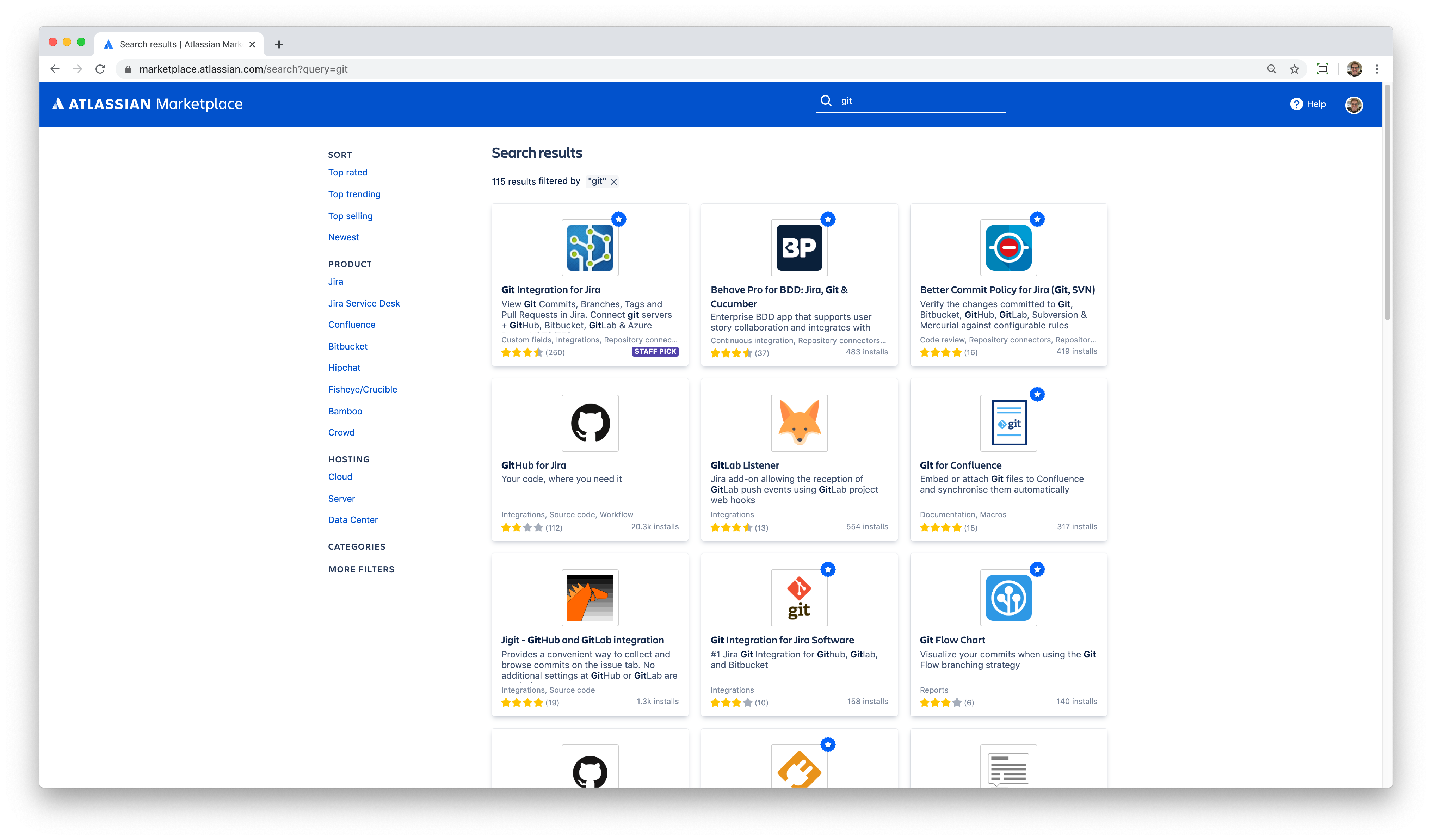
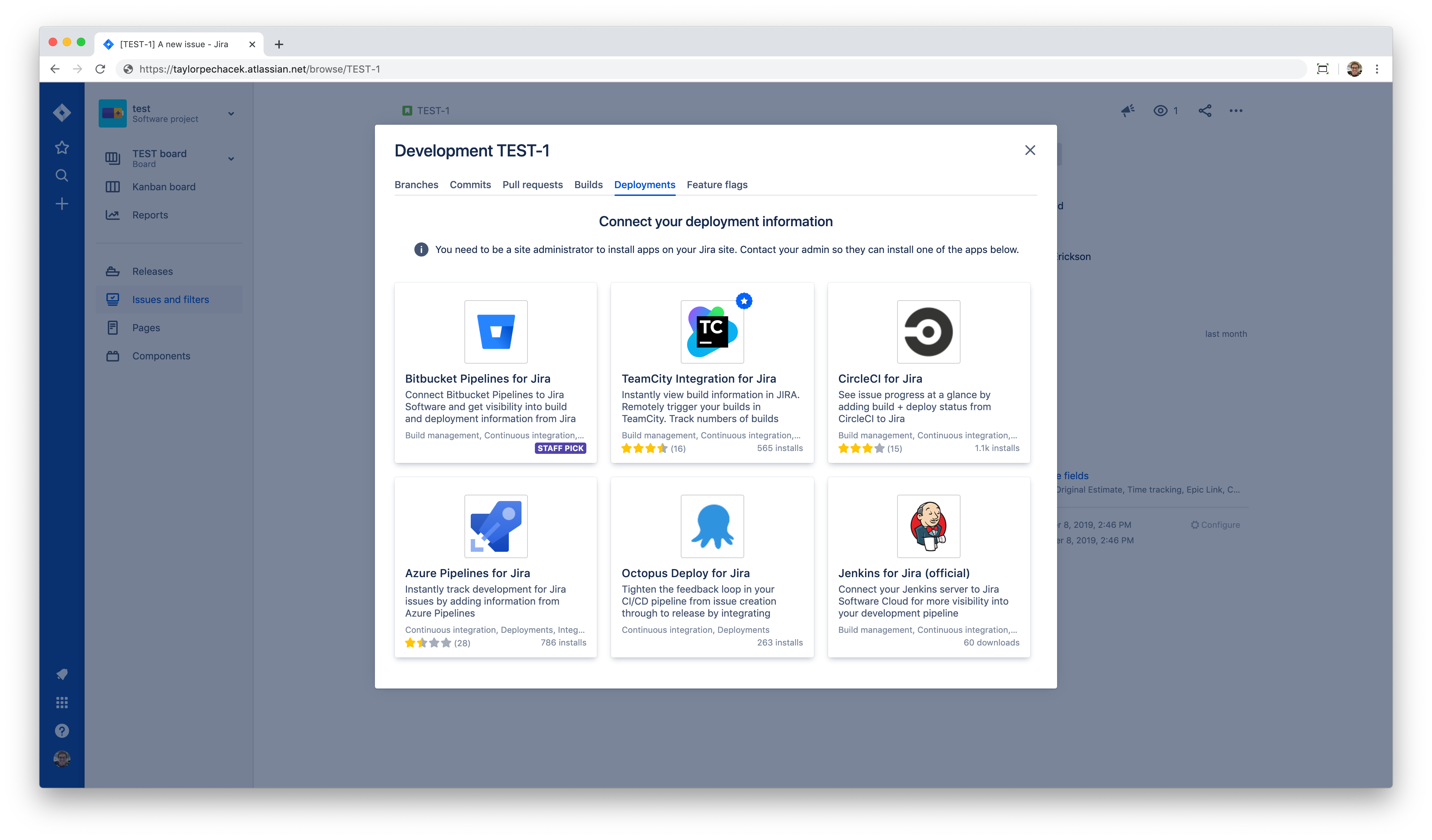
Seamless integration and on-boarding
Simple one-click app installation for Jira site admins, allowing them to begin configuration immediately.
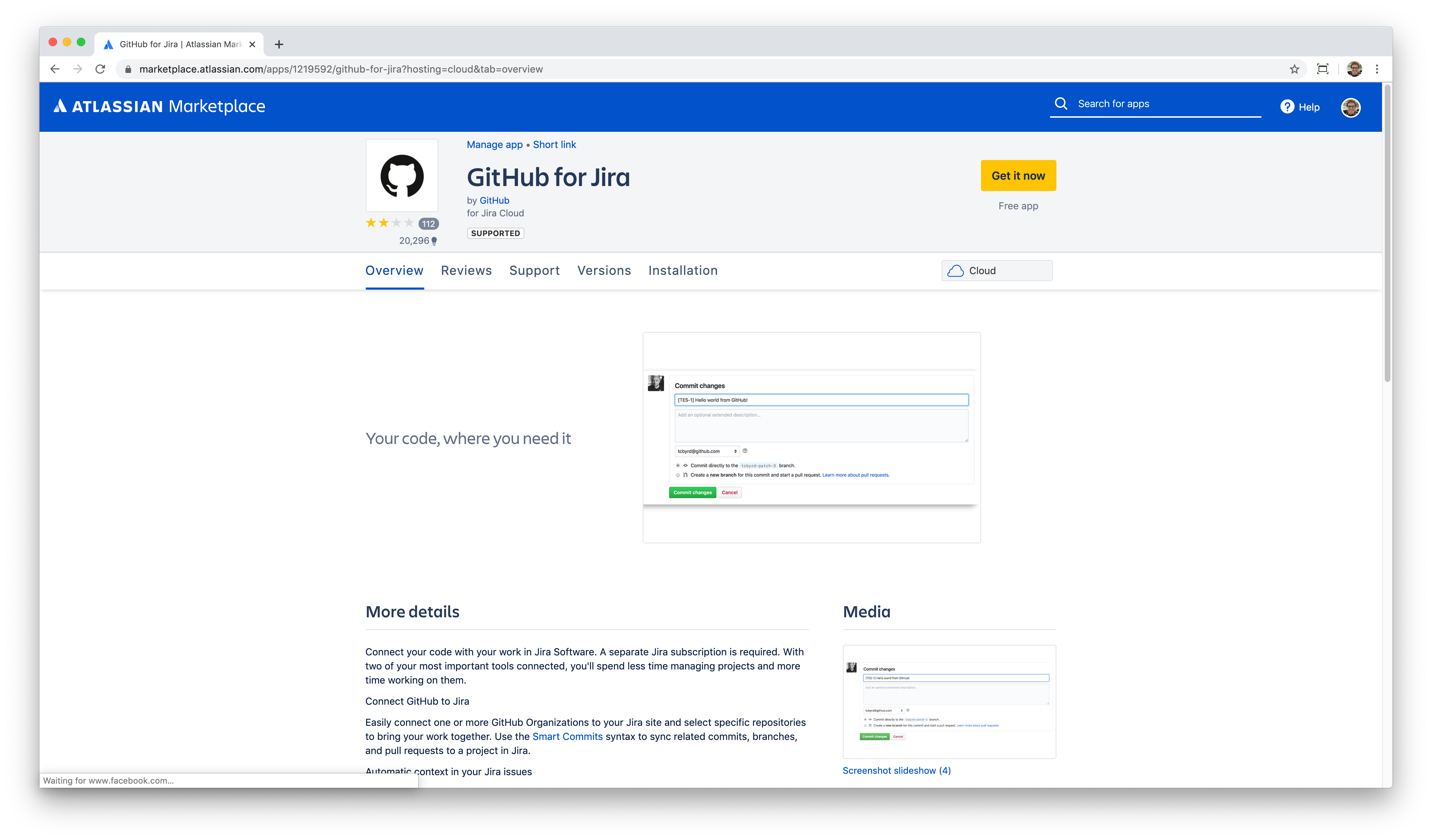
Out-of-the-box features and value
View data from the issue
Data displays instantly on the relevant Jira issue, and user can select the data to view more details.

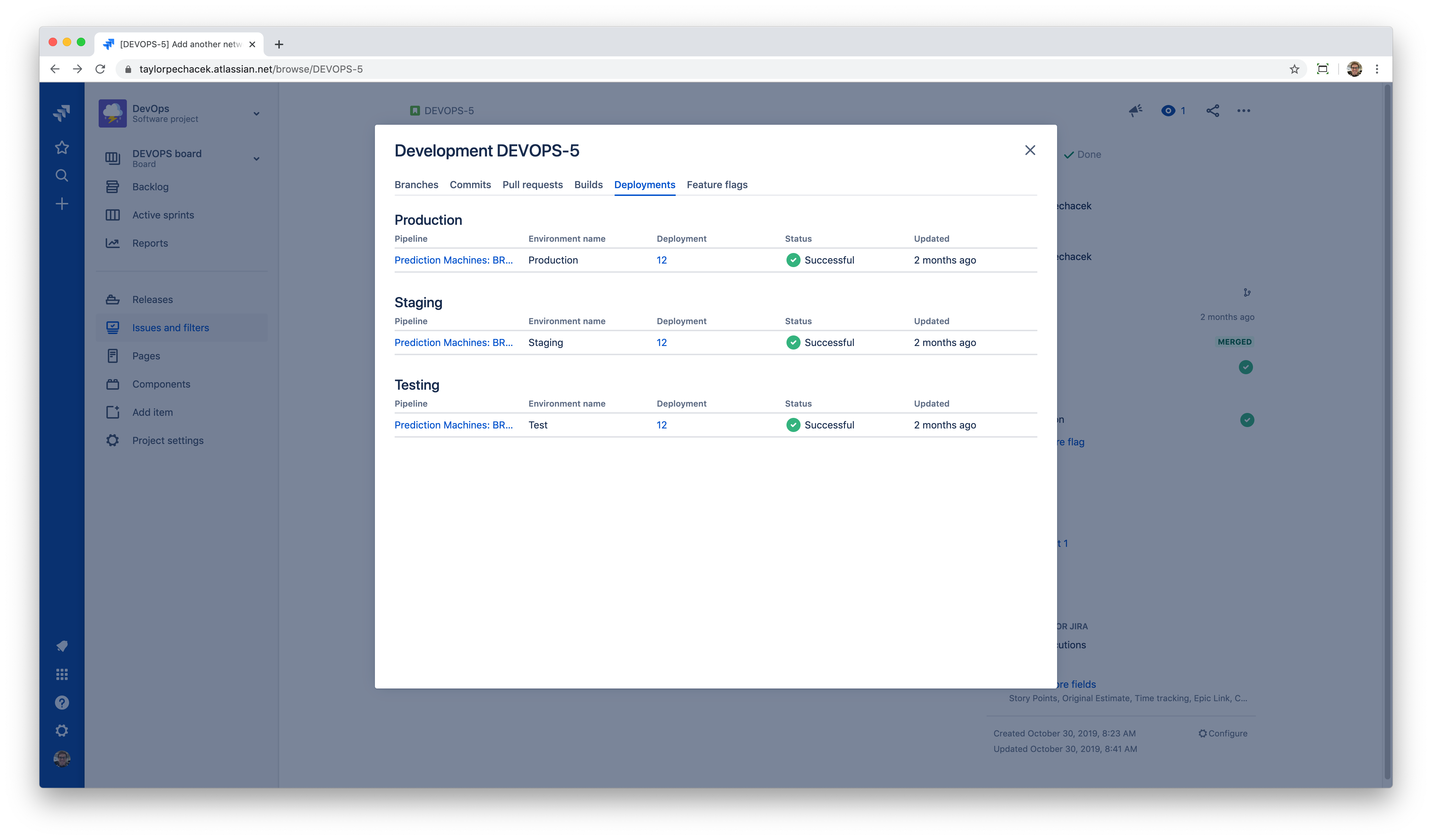
Navigate directly into the product
Users can select pieces of linked data to go directly into your product. In this case, a user selects deployment #12 to view the specific Bitbucket Pipelines deployment, as well as the Jira issues related to that deployment.
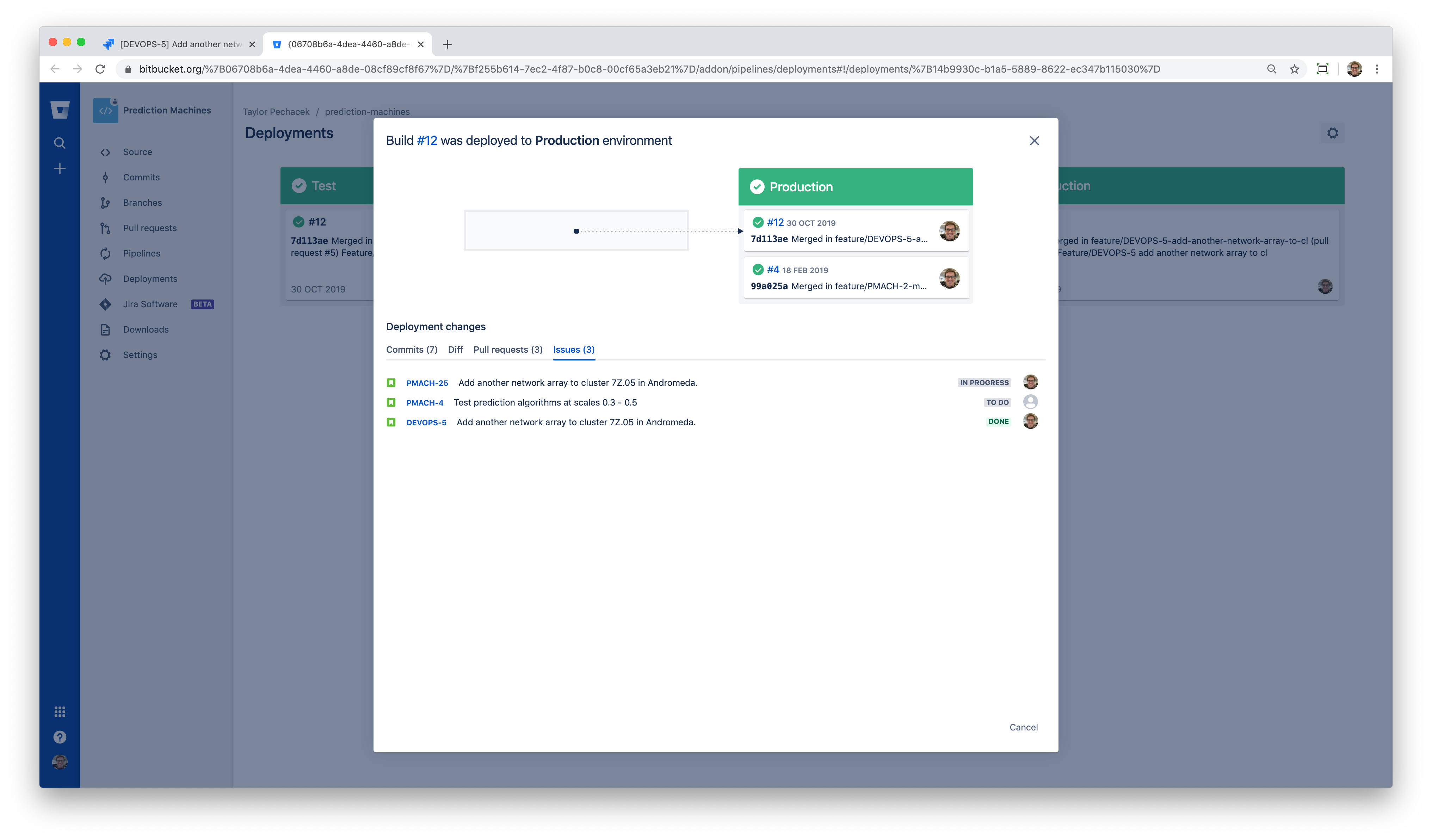
Quick filters
High-level data is automatically available in Jira Query Language (JQL). Teams can create and apply search filters directly on their board.
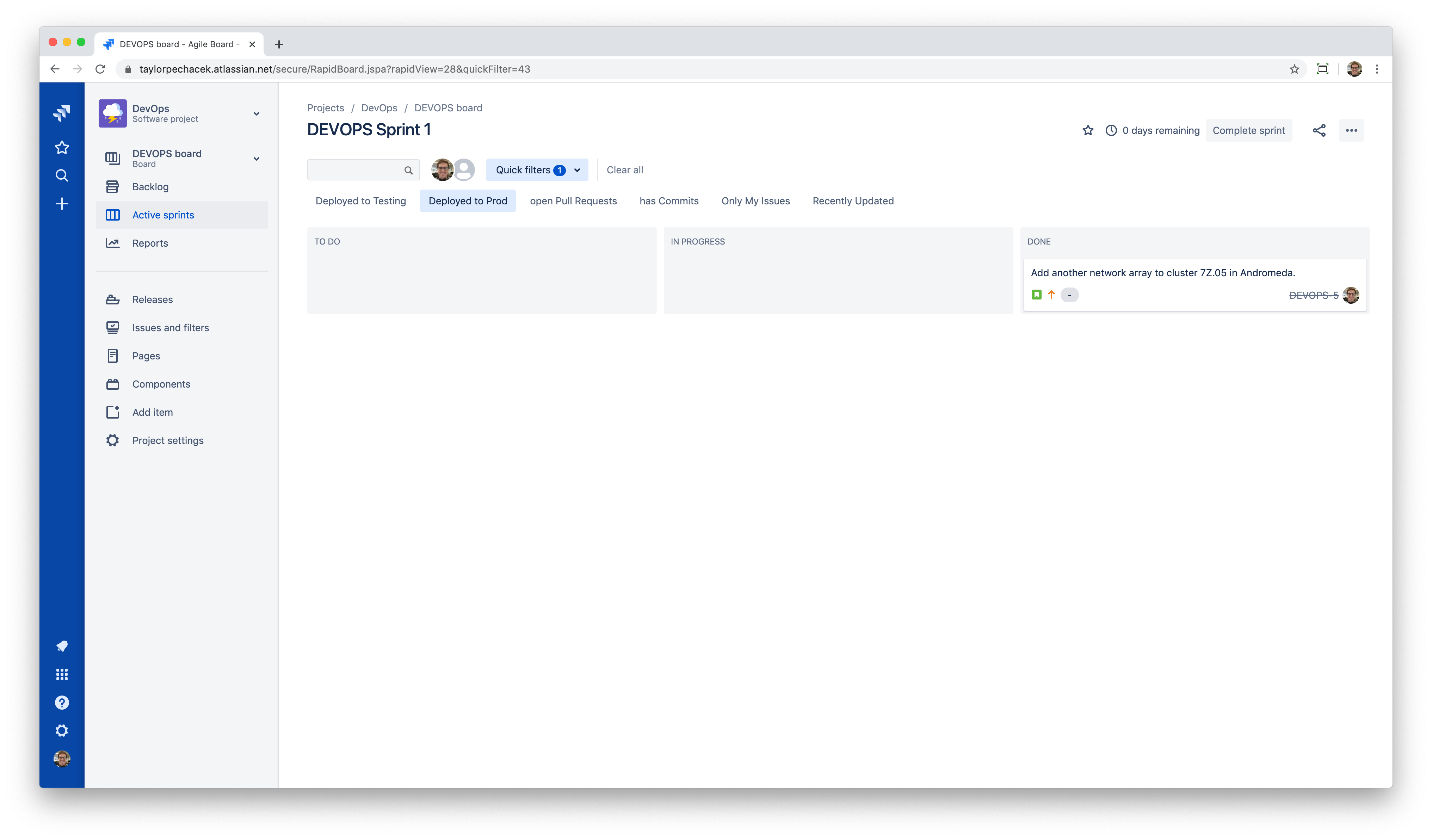
Global search
Teams can create their own personalized search and filters, for example if they want to see which issues have failed to deploy, or which issues have been deployed to production but still have an open pull request.
You can also show this information in your own tool – the information you provide is connected to Jira, and likewise you have access to all Jira data.
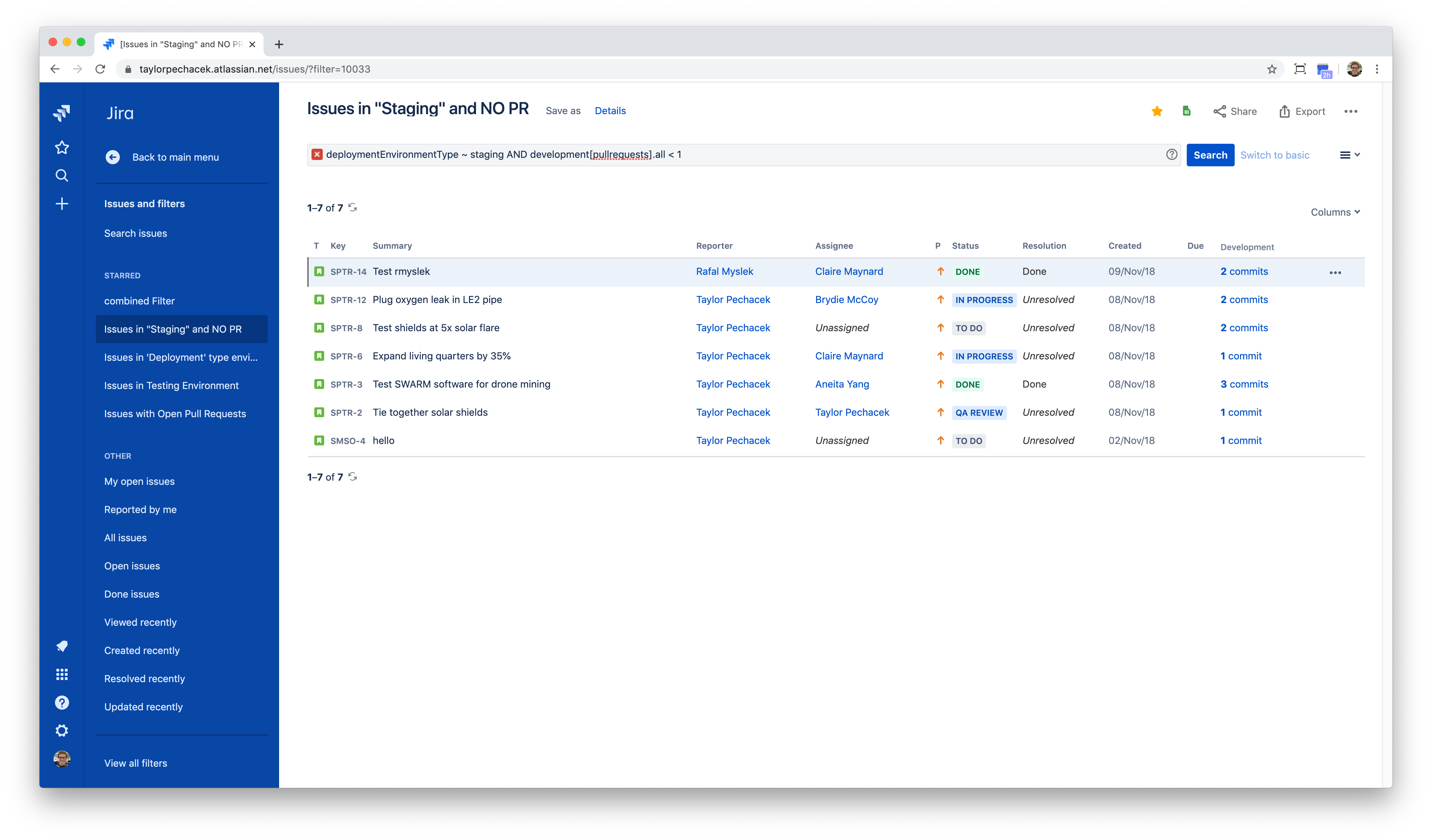
DevOps automation
All data from third party tools is added to Jira automation capabilities, to help power more automated workflows.
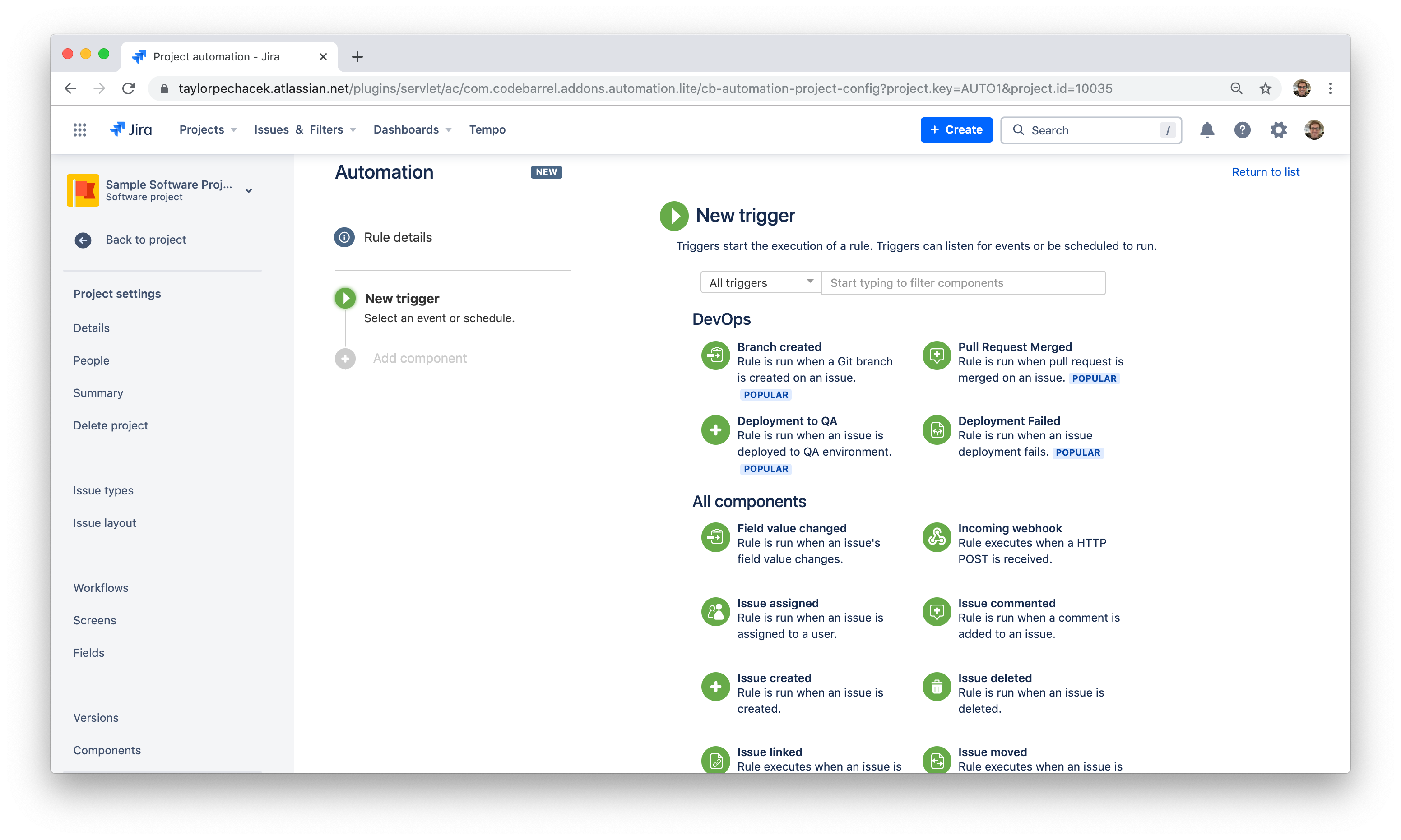
Deployments insights
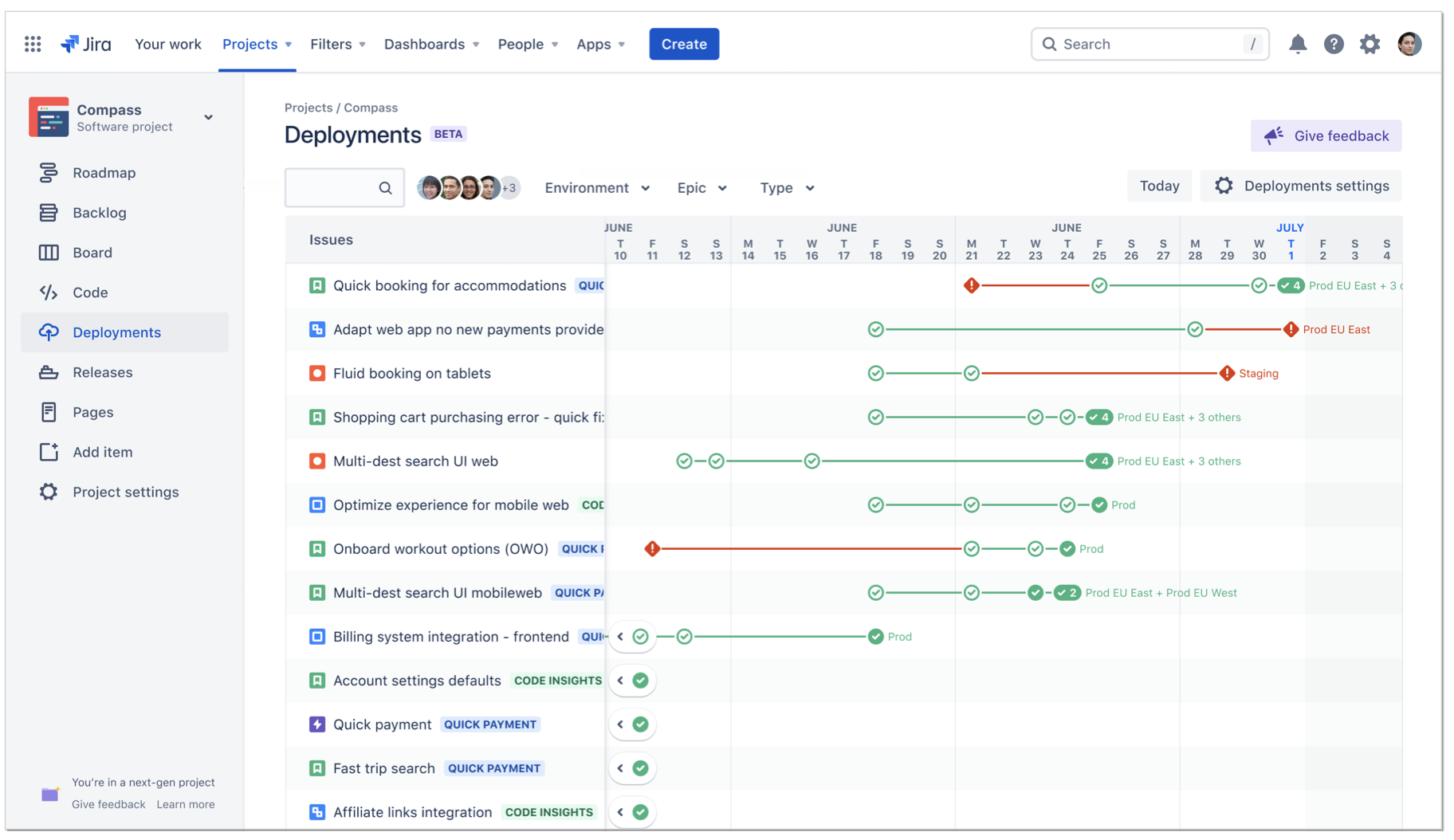
Code insights

OAuth (2LO) capabilities
We also offer OAuth capabilities for team wanting to run apps behind a firewall on their own self-hosted server. Jira site admins can create an OAuth credential and use it to send DevOps data securely, without having to open any ports in their firewall.
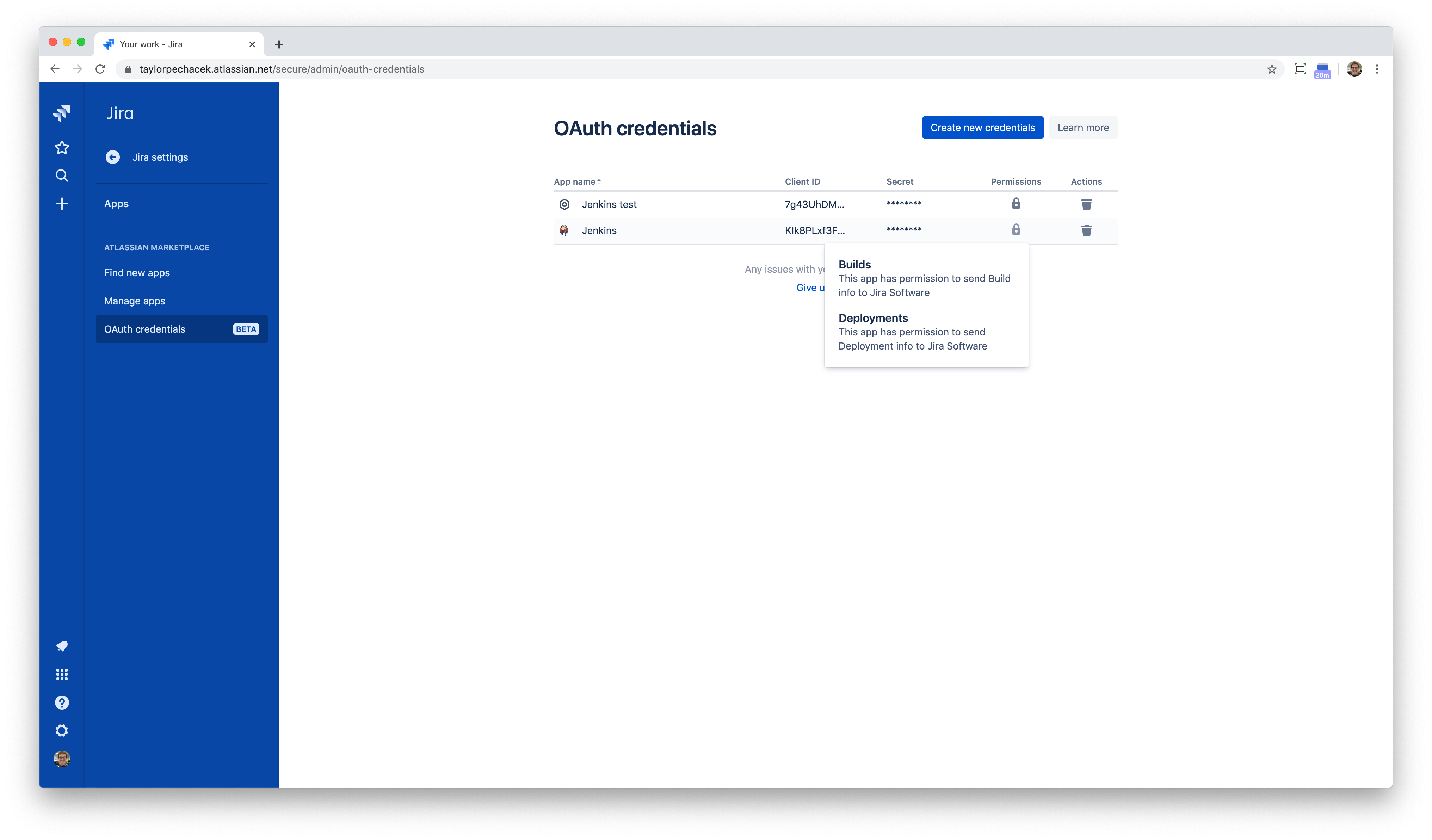
DevOps metrics and insights
By connecting SCM and CI/CD tools, you can view Cycle time and Deployment frequency insights.
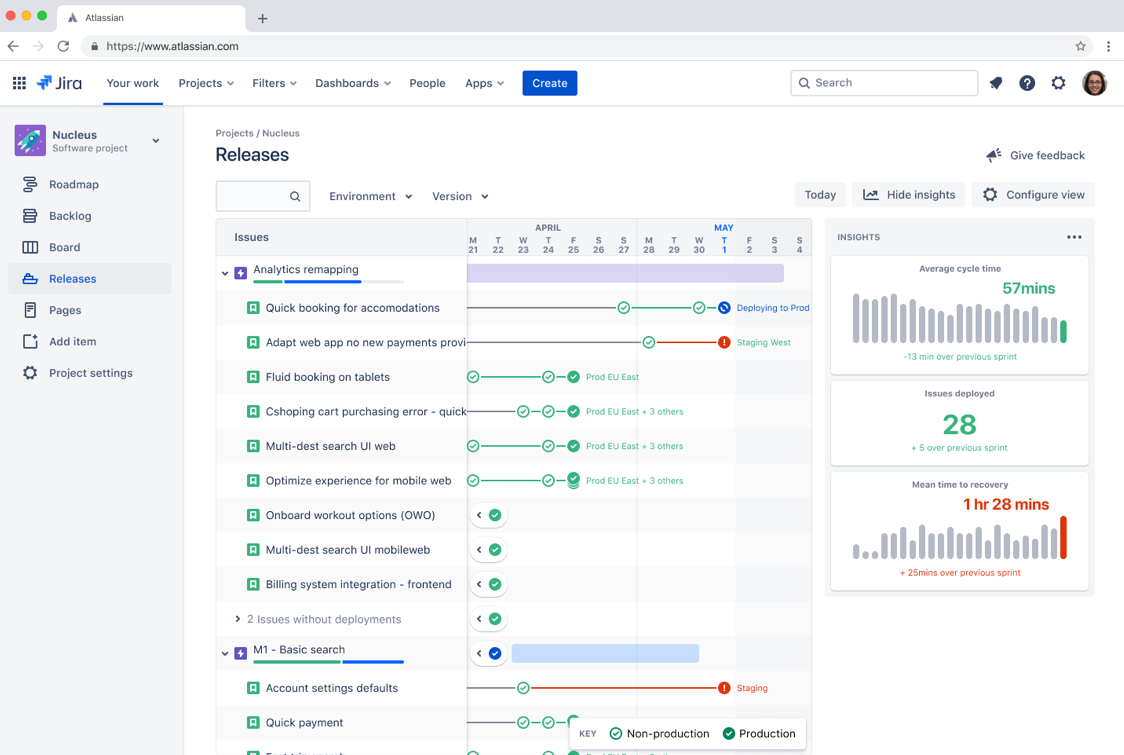
Rate this page: